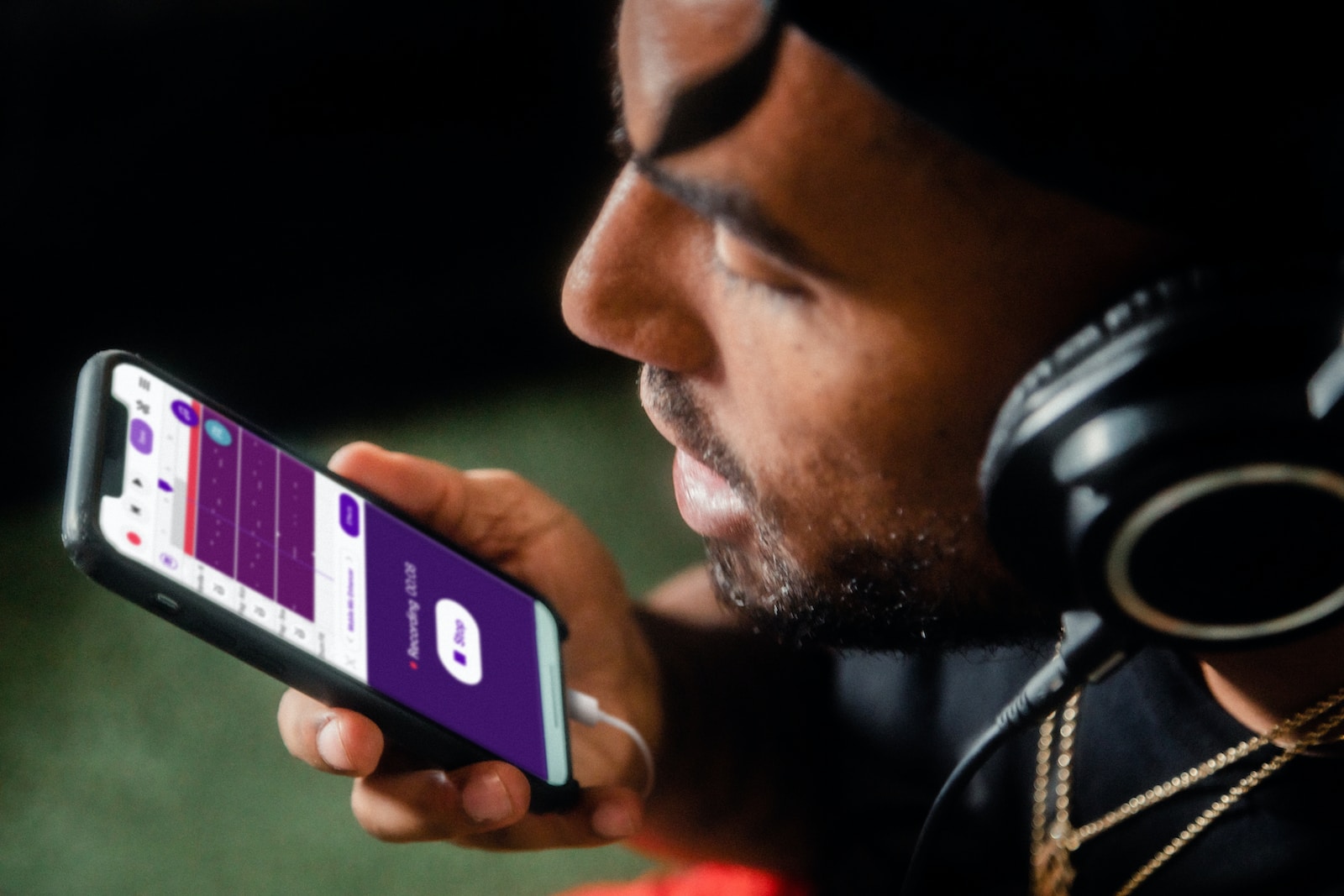Natural audio is an essential element for creating high-quality text-to-speech (TTS) systems. TTS technology has made significant advancements in recent years, enabling machines to produce human-like speech with impressive accuracy.
Natural audio not only makes TTS sound more realistic and lifelike but also provides a more engaging and immersive experience for listeners. It helps to convey emotions, tone, and context, making the speech more understandable and relatable.
However, not all voice generator APIs sound natural, this is why you need to choose one carefully, our recommendation is Woord.

In short, natural audio is a key component in achieving the ultimate goal of TTS technology: creating a human-like voice that can be used for various applications such as virtual assistants, audiobooks, and language learning tools.
Why Is Natural Audio Important For Text To Speech?
Natural audio is important for text-to-speech (TTS) systems because it creates a more human-like and engaging experience for listeners. When we hear someone speak, we don’t just hear words, we also hear intonation, pitch, and other subtle variations in the speaker’s voice that help us understand the meaning behind their words.
Natural audio in TTS systems attempts to replicate these elements of human speech, making the synthesized speech more realistic and easier to understand.
Why Do We Recommend Woord?
Woord is a service that allows developers to convert text into speech.
This enables you to listen to any text you want and create applications that can read aloud any text; such as news articles, product descriptions, or even animated series scripts. The text can be in any format as long as it’s understandable by computers. It can be plain text, XML, JSON, or even programming code.
The API then processes the text and returns a response in a format that can be used by your application. This response may be in the form of an audio file that you can play back; or a string of commands that you can use to control a voice synthesizer.

How Can Woord Improve Accessibility?
With Woord, you can bring your applications to life, by adding life-like speech capabilities. For example, in E-learning and education, you can build applications leveraging Woord’s Text-to-Speech (TTS) capability to help people with reading disabilities.
Also, you can use it in announcement systems in public transportation and industrial control systems for notifications and emergency announcements. There are a wide range of devices such as set-top boxes, smart watches, tablets, smartphones and IoT devices, which can leverage Woord for providing audio output.
Which Languages Are Supported By This API?
It supports different Varieties of the English Language (US, UK, Australia, India, and Welsh), Spanish, Spanish Mexican, Portuguese, Brazilian Portuguese, French, Canadian French, German, Russian, Catalan, Bengali, Danish, Welsh, Turkish, Hindi, Italian, Japanese, Chinese, Cantonese, Vietnamese, Arabic, Dutch, Norwegian, Korean, Polish, Swedish, Bulgarian, Czech, Filipino, Hungarian, Finnish, Greek, Gujarati, Icelandic, Indonesian, Latvian, Malay, Mandarin Chinese, Romanian, Serbian, Slovak, South African, Thai, Ukrainian, Gujarati, Punjabi, Tamil, Telugu.
How To Use It
To convert text into audio with Woord, all you have to do is:
1. Open the API and paste in the text or URL you want to convert to audio.
2. Select the language you want the audio to be in and the speed at which you want it to be read.
3. Once you’ve done that, this API will create an audio file that you can listen to.

